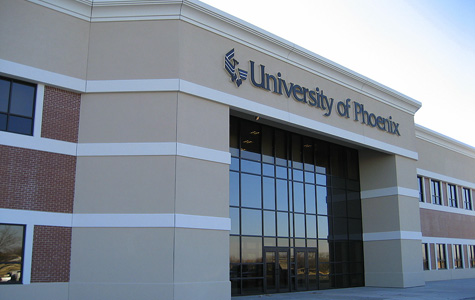5 reasons not to attend a for-profit college
Getting into college is exciting–receiving the envelope and imagining your future. But not all colleges are created equal.
For-profit colleges, in particular, have been criticized for being dishonest about graduate employment statistics and leaving students with lots of student debt. Some have even gone bankrupt after being fined or sued for misleading students.
Unlike most public universities, community colleges and nonprofit private schools, for-profit colleges are run like businesses and expect to make money–and their students often suffer as a result.
To help students better understand the risks, NerdWallet and USA Today College put together a list of 5 things to consider before choosing to attend a for-profit college. Find out what to watch out for below.
Consider these stats before choosing a for-profit college
1. For-profit colleges are more expensive.
According to the National Center for Education Statistics, the current average cost of attendance for a public two-year college is $3,941, vs. $14,864 for a for-profit 2-year college. Public four-year colleges cost $8,141 per year on average vs. $16,066 at for-profit 4-year colleges.

The University of Phoenix is a for-profit college that has been accused of using deceptive tactics to recruit students. (Flickr user Lost Tulsa)
2. For-profit college students are less likely to graduate.
Department of Education data shows that the graduation rate for students at for-profit colleges was 32% in 2013, while the graduation rate for all students at public and private colleges was 55%.
And students who don’t graduate are even worse off–they earn less than they did after attending than before, a 2016 National Bureau of Economic Research paper showed.
3. For-profit college students are less likely to be employed.
According to a 2011 National Bureau of Economic Research paper, students who attend for-profit colleges are more likely to be unemployed six years after starting college than students overall.
4. Students at for-profit colleges are more likely to have student debt and have more of it.
In 2012-13, 77% of students at for-profit colleges borrowed student loans, compared to 49% of overall students, according to 2015 National Center for Education Statistics data. And students at for-profit colleges had an average debt of $8,098, while the overall student borrowed $6,899 on average.
5. Students at for-profit colleges are more likely to default on their student loans.
Defaulting on your student loans can have dire consequences–and students who attend for-profit colleges are more likely to fall behind on their loans, often due to their higher debt loads and lower employment chances.
Nineteen percent of for-profit college borrowers who entered repayment between Oct. 1, 2010, and Sept. 30, 2011 defaulted on their loans by September 2013, compared to 11% of students overall, according to 2015 Department of Education data.
Research your college options
While attending a for-profit college doesn’t necessarily mean you’ll end up with more student debt or suffer any of these other consequences, it’s important to do your research on whatever college you choose to attend and learn about student debt, retention rates, graduation rates and graduate outcomes.
The National Association for College Admission Counseling has a great brochure with questions you should ask before enrolling in a for-profit college.
You can also reach out to our experts. We help students and families find affordable, quality college options that won’t leave them drowning in student debt.
If you’d like to learn how we can help you, contact us or give us a call at 1-888-234-3907.
choosing a college, employment rates, for-profit colleges, graduate outcomes, graduation rates, student loan debt, student loan default
